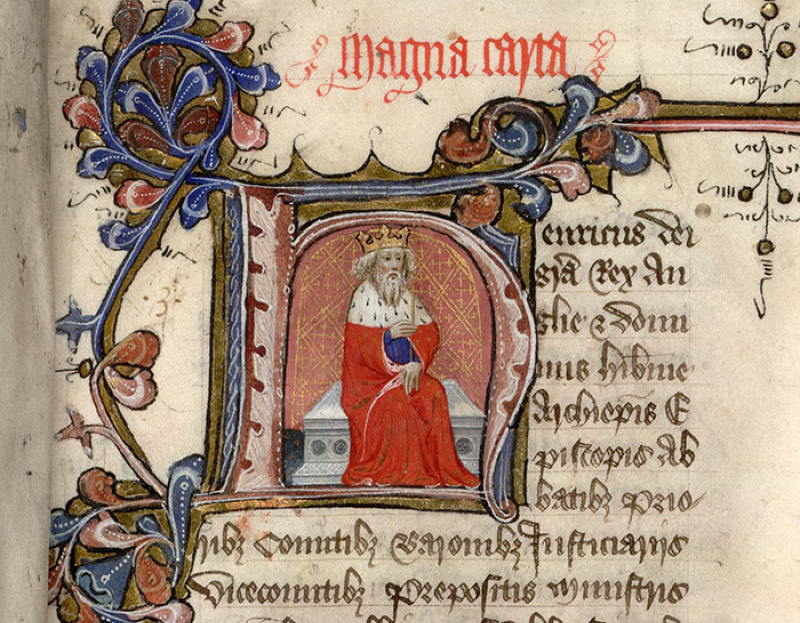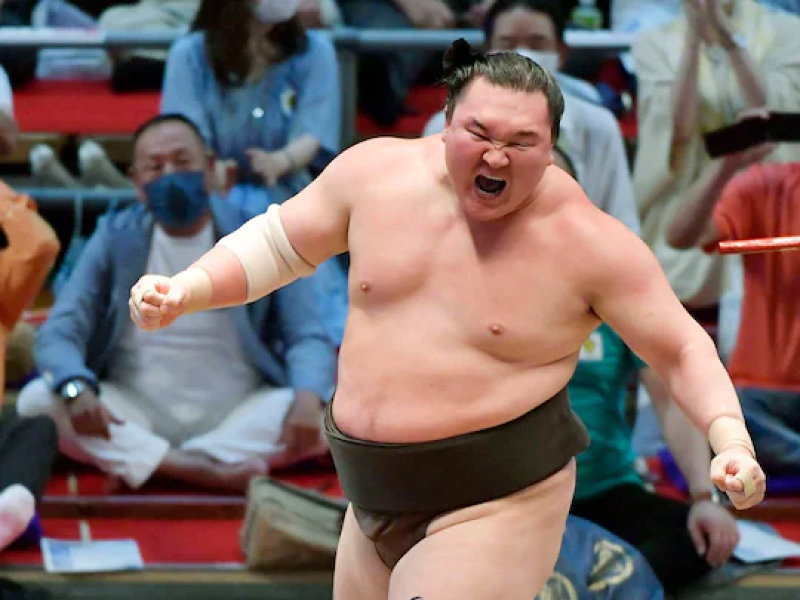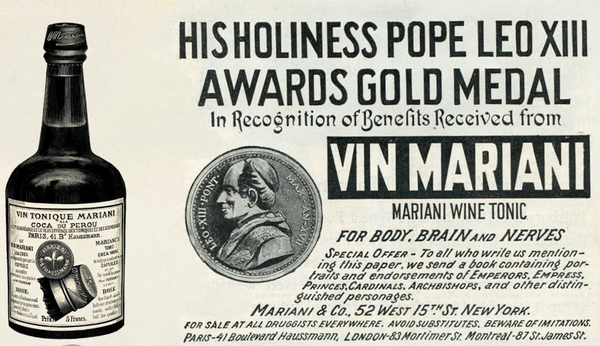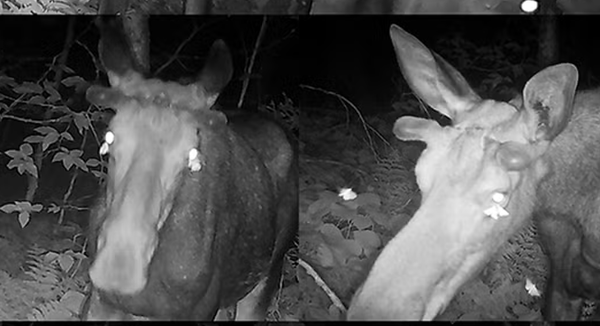Harvard's copy of the Magna Carta is actually the real thing

From the BBC: "A manuscript once considered an unofficial copy of Magna Carta is now believed to be a genuine version and one of the world's most valuable documents, according to UK academics. Harvard Law School paid $27.50 for it in 1946 and for years it has remained tucked away in its library, its true identity unknown. But two medieval history professors have concluded it is an extraordinarily rare and lost original Magna Carta from 1300, in the reign of King Edward I, that could be worth millions. According to Harvard's library accession register, the document was acquired in 1946 and was described in an auction catalogue as a "copy made in 1327… somewhat rubbed and damp-stained". Magna Carta is a charter first issued by King John in 1215 that guaranteed the liberties and rights of his subjects and also placed the Crown under the authority of the law. Considered a key step in the evolution of human rights against oppressive rulers, it has influenced constitutions around the world."
One of the greatest competitors in sports just retired but you've probably never heard of him

From the Washington Post: "Recently the news came that the sumo wrestler known as Hakuho had officially retired, after 17 years in the sport’s top division. You probably haven’t heard of this 6-foot-4-inch, 350-pound Mongolian. But you should have, because few human beings have so thoroughly mastered their craft the way Hakuho did.It is hard to overstate what he accomplished. Hakuho was the Roger Federer, Rafael Nadal and Novak Djokovic of sumo, all in one man. He was a Yokozuna — the sport’s top rank — for 14 years; there have been only 73 ever. After winning his first tournament in 2006, he claimed the Emperor’s Cup in 45 of the 80 tournaments in which he competed. He was the runner-up in 18 more. For comparison, Kakuryu Rikisaburo, the other Yokozuna in the ring toward the end of Hakuho’s career, won a mere six tournaments — in part because he had the misfortune of overlapping with Hakuho. Hakuho won 13 more tournaments than the second-winningest wrestler ever, Taiho Koki."
Scientists are mystified by the fact that young pilot whales are swimming with orcas

From Scientific American: "One day in June 2022 Chérine Baumgartner, a researcher at the Icelandic Orca Project, was watching from a dinghy as a pod of killer whales fed on herring — when she noticed something very odd about what seemed to be a young member of the pod. “At first, we were like, ‘Oh my god, this killer whale calf has a problem,’” she says. It was far tinier than normal and lacked an infant orca’s characteristic black-and-pale-orange coloration. Baumgartner, now a Ph.D. student at the Swiss Federal Institute of Technology Zurich, suddenly realized she was seeing an entirely different species: a baby pilot whale. She and her team observed the pod for nearly three hours before weather conditions forced them back to land. They found the pod the next day, but the pilot whale calf was nowhere to be seen. Scientists noticed orcas interacting with baby pilot whales off Iceland every year from 2021 to 2023."
Hi everyone! Mathew Ingram here. I am able to continue writing this newsletter in part because of your financial help and support, which you can do either through my Patreon or by upgrading your subscription to a monthly contribution. I enjoy gathering all of these links and sharing them with you, but it does take time, and your support makes it possible for me to do that. I also write a weekly newsletter of technology analysis called The Torment Nexus.
He was trying to cure malaria but he invented the first commercial dye at the age of 18

From Science History: "In 1856, during Easter vacation from London’s Royal College of Chemistry, 18-year-old William Henry Perkin synthesized mauve, or aniline purple — the first commercialized synthetic dye — from chemicals derived from coal tar. Like Friedrich Wöhler’s experiments that resulted in the accidental synthesis of urea, Perkin’s chemical manipulations were designed to produce a quite different product—quinine. Perkin’s teacher August W. Hofmann, one of Justus von Liebig’s former students, had remarked on the desirability of synthesizing this antimalarial drug, which at that time was derived solely from the bark of the cinchona tree, grown mainly on plantations in Southeast Asia. Against Hofmann’s recommendation and with the financial support of his father, a construction contractor, Perkin commercialized his discovery and developed the processes for the production and use of the new dye."
Cursive handwriting used to be something that only the rich did to show they were high class

From The Morning News: "Long before schools in this country stopped teaching cursive, most didn’t teach writing at all. Though reading, which afforded colonists direct access to the scriptures, was a crucial part of the education of children in 17th- and 18th-century America, writing, as well as the ability to read handwritten documents, was a rare skill reserved for the wealthiest boys and girls, as well as for young men with accountant’s dreams or aspirations for the itch of a barrister’s wig. For the latter, handwriting had yet to develop a connection with the idea of an individual style. It was about copying and was every bit as regulated as the font menu in Microsoft Word, with styles used in very specific circumstances. The Constitution of the United States, for example, was rendered in Round Text, for a price of $30 by the engrosser Jacob Shallus."
This traditional Japanese art involves making a print from a fish
Gyotaku is a traditional form of Japanese art from over 100 years ago as a way for fishermen to keep a record of the fish they caught.
— Science girl (@gunsnrosesgirl3) May 7, 2025
Sumi ink is applied to one side of a fish, the fish is then covered with rice paper to make a print
pic.twitter.com/A4QPOXEUGz
Acknowledgements: I find a lot of these links myself, but I also get some from other newsletters that I rely on as "serendipity engines," such as The Morning News from Rosecrans Baldwin and Andrew Womack, Jodi Ettenberg's Curious About Everything, Dan Lewis's Now I Know, Robert Cottrell and Caroline Crampton's The Browser, Clive Thompson's Linkfest, Noah Brier and Colin Nagy's Why Is This Interesting, Maria Popova's The Marginalian, Sheehan Quirke AKA The Cultural Tutor, the Smithsonian magazine, and JSTOR Daily. If you come across something interesting that you think should be included here, please feel free to email me at mathew @ mathewingram dot com



